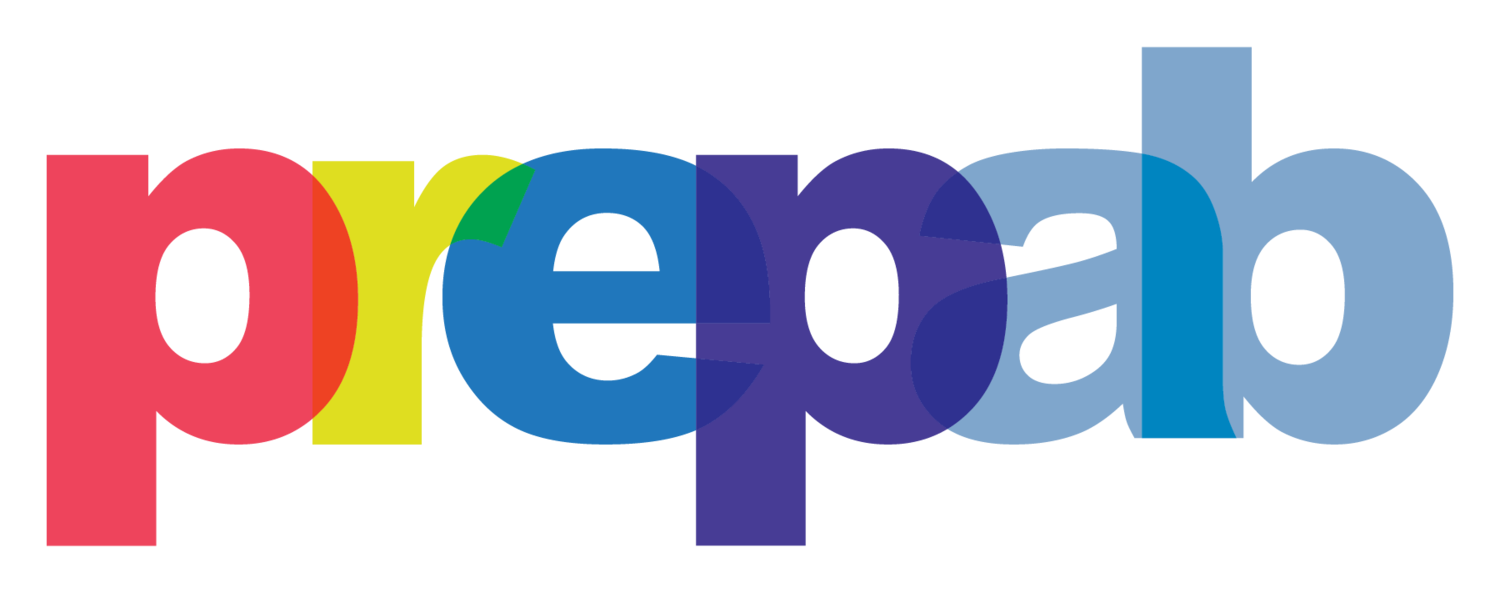
Trans & Non-Binary Communities
PrEP Access: Barriers & Opportunities
The following are PrEP access barriers and opportunities experienced by trans and non-binary communities in Alberta, as described by trans and non-binary community members and service providers. This knowledge was shared through EMHC’s PrEP Alberta consultation series and was presented back to participants for validation. While these do not capture all PrEP access barriers, opportunities, and accessibility considerations experienced by trans and non-binary community members and service providers, they do provide an important starting point for healthcare of service providers when supporting trans and non-binary clients or communities in seeking PrEP.
Barriers
This section focuses on PrEP access barriers experienced by trans and non-binary communities. By barriers, we mean things that might make PrEP access more challenging.
Existing Barriers
Trans and non-binary people face a series of health access challenges across all areas of health, which includes a broad lack of trans health knowledge and cultural competency amongst providers. These existing barriers will also make PrEP access more challenging.
Hormone Interactions
Trans and non-binary people who take hormones may lack knowledge concerning possible interactions between hormones and PrEP. They may also find it challenging to get clarification from healthcare providers due to a general lack of trans health knowledge.
Trans Invisibility in Data
The HIV status of Trans and Non-Binary people is something many providers don’t consider due to trans invisibility in surveillance data, which results in trans people not being recognized as a priority population for HIV, despite literature indicating otherwise for certain trans communities.
Confidentiality
Given how the Alberta PrEP eligibility criteria is structured, in order for some trans and non-binary people to be eligible for publicly funded PrEP, they must “out” themselves to a healthcare provider, which can lead to safety concerns (especially for trans youth).
Opportunities
This section focuses on opportunities to enhance PrEP education and access for trans and non-binary communities. By opportunities, we mean things that would make access to PrEP and information about it easier or more accessible.
Make it Easy
Given the general lack of relevant HIV information available for trans and non-binary communities, PrEP resources should include basic information about HIV as it relates to trans and non-binary communities. Provincial data should be made available where possible.
Keep it Basic
Given the general lack of culturally competent sexual and reproductive health information available for trans and non-binary communities, where possible, PrEP resources targeting trans and non-binary communities should include such information.
Inclusive Services
PrEP access points must be trans and non-binary friendly. This includes forms (which should include space for pronouns and preferred name and should refrain from using gendered language) and space (i.e. access to all-gender washrooms).
Leverage Community Partners
As many community-based organizations and healthcare providers are not seen as trans competent, to effectively reach trans and non-binary community members, it’s important to leverage organizations and providers who specialize in services for trans and non-binary communities and/or are commonly accessed by trans and non-binary community members.
Leverage Community Networks
Due to the historical lack of trans knowledge/competency amongst healthcare and services providers, trans and non-binary people have established their own networks (formal and informal, in-person and online) to support each other through system navigation. Leveraging these networks is a valuable means by which to extend trans and non-binary information.
Inclusive Resources
It is important that PrEP resources are trans and non-binary friendly. This includes refraining from using gendered language. It also includes ensuring trans and non-binary people are reflected in resources (i.e. through images on posters).
Review the remaining sections of this report to learn more about the unique PrEP access barriers and opportunities experienced by other populations. Or learn more about trans communities and HIV by clicking the button below.










